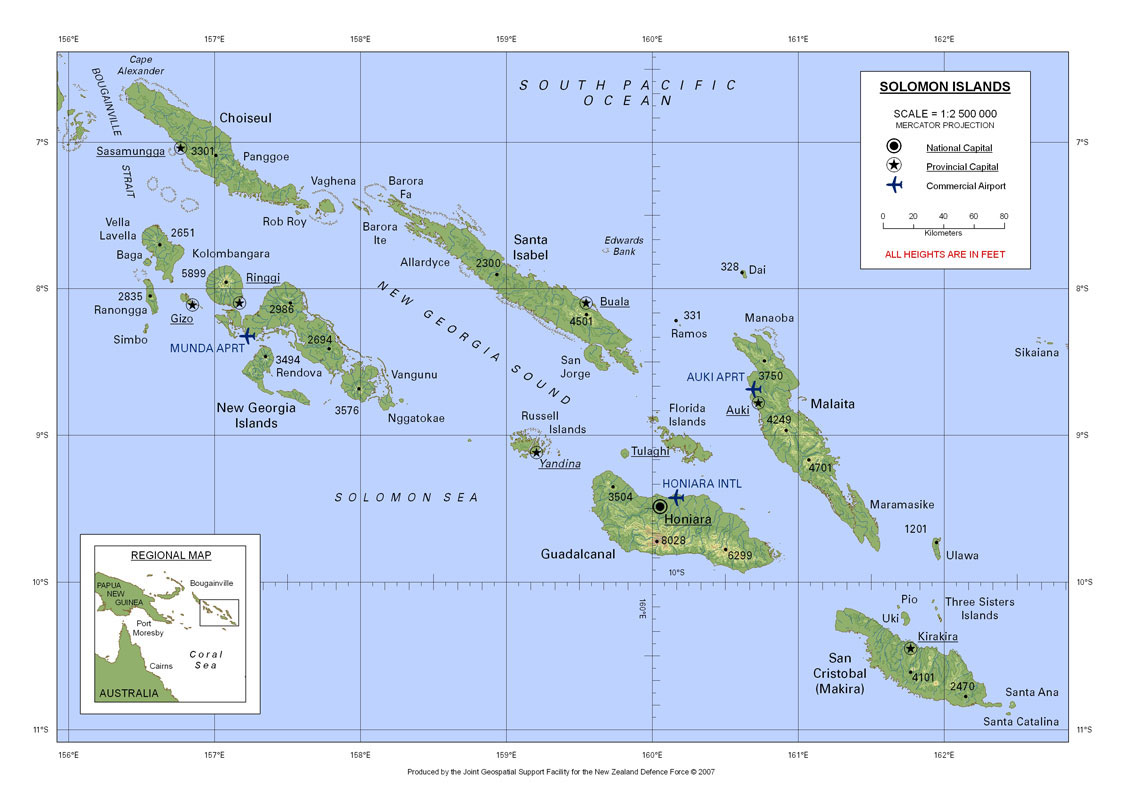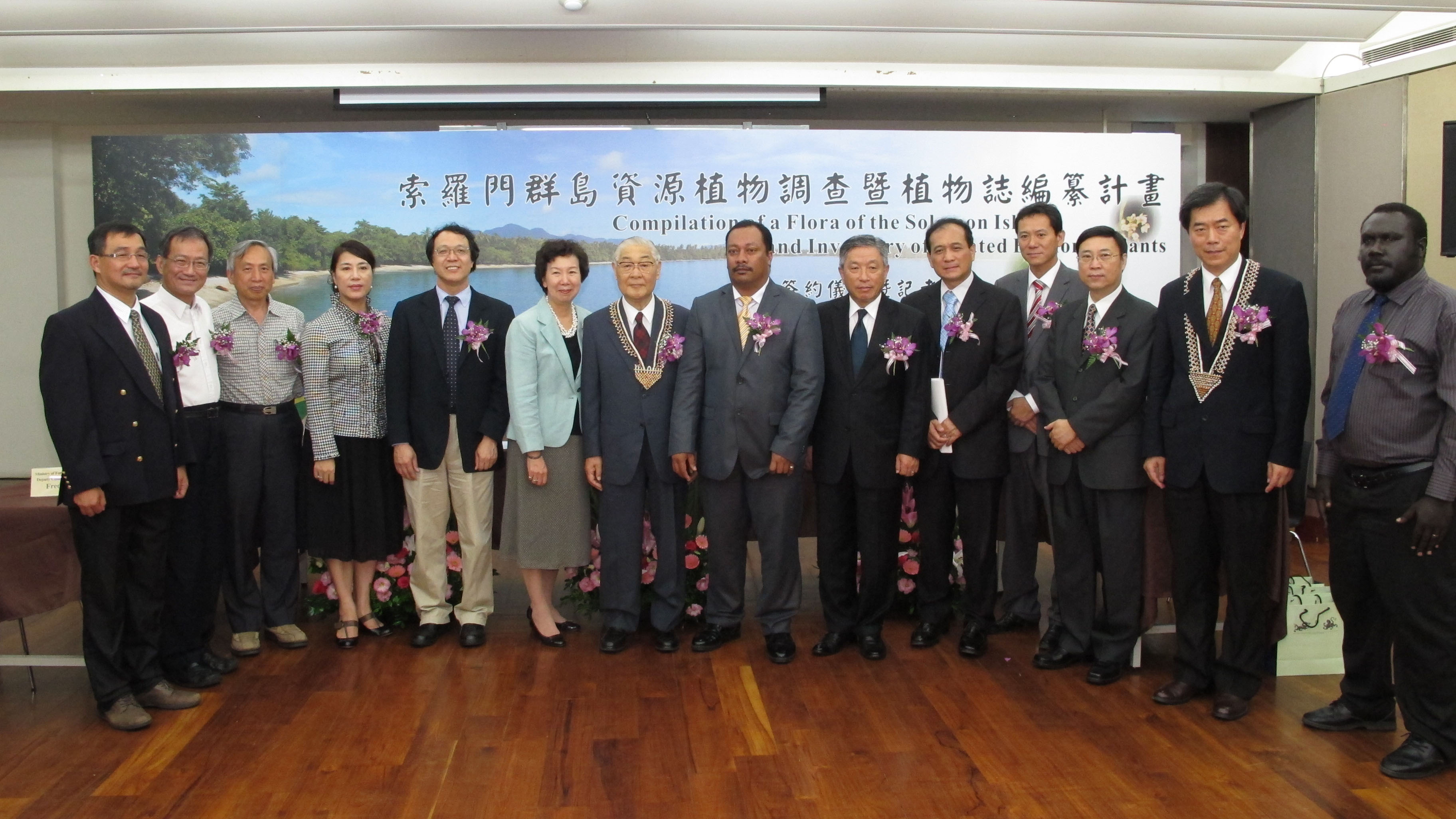|
The Solomon Islands is a country consisting of nearly 1,000 islands in Oceania and covering a land area of 28,400 square kilometers. It is located in the southwest pacific at the northeast end of Australia and east of Papua New Guinea. Its geographical location, tropical climate, and mountainous topography provide it with a rich and diverse flora, harboring over 7,000 species of vascular plants. However, in recent decades, the coverage of primary forest has declined rapidly due to the logging and increasing coverage of economic plantations. The situation has seriously threatened the biodiversity of the country.
Since 2012, The “Census and Classification of Plant Resources in the Solomon Islands” project has been conducting collaboratively by Solomon Islands (Ministry of Forestry and Honiara Botanical Gardens), Taiwan (International Cooperation and Development Fund, National Museum of Natural Science, Taiwan Forestry Research Institute, National Tsing Hua University, and Koo Botanical Conservation Center), and Japan (Makino Botanical Garden). This project aims to bring awareness to the abundant plant resources and comprehensive flora of the country and to
facilitate plant conservation.
During the expedition in 2012 and 2013, over 15,000 sheets of specimens representing about 700 species of vascular plants have been collected. The results provide an insight into the spectacular floral diversity of the Solomon Islands.
|


|